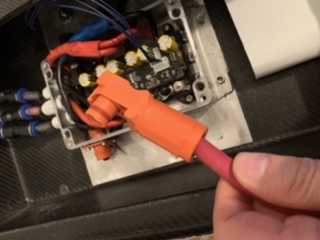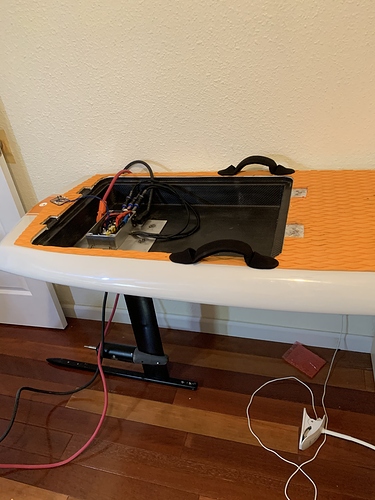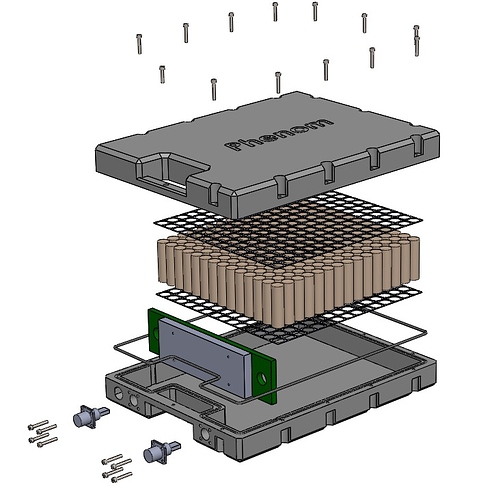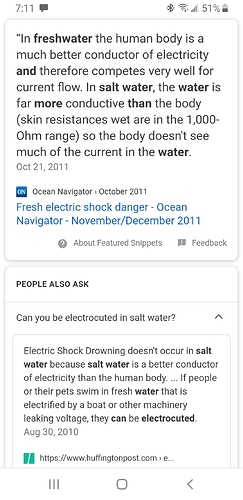No. That device will not work.
Others on the forum have been happy with this BMS.
I don’t use a BMS. But, I have a hobby charger that balance charges by pack separately as two 7s batteries (icharger X8). Then I use one of those cheap voltage alarms for individual cell voltage monitoring during use. See my build for details.
![]()
I agree, I almost brunt my garage down due to a crappy charger that did not stop charging but just pushed on and the battery pack overheated and then it blew up like a chines firecracker…
Fortunatly the fire blew it self out ut i needed to renovate the garage and had to throw every thing in it…
Beware of cheap products.
Shit. What was the redundant safety part doing at the time the charger went crazy?
I have a chance to make a 12s 900Wh pack versus 1200Wh 16s pack. Should I be worried about safety with 16s? Even board has a sealed compartment, ip69 connectors, and waterproof box for battery and speed controller, there is always a chance of water leak. Wondering if 16s fully charged, around 60. Volts can be a harmful electrification danger versus 14 or 12s. Are you guys aware of any marine grade regulatory specs for dc voltage for US or EU?
16S fully charged gives you 16*4.2 = 67.2V
Simple calculations :
30mA gives the human body respiratory paralysis (you already feel pain under 10mA)
Human body resistance is roughly something around 2000 Ohm (wet body, considering electricity breaks down human skin and therefore lowering the resistance)
Max voltage would be = 2000*0.03=60V
At 60V with 0.03A, you are probably nearly dead. Imagine 50A+ flowing through your body…
I wouldn’t go above 14S personally. I already touched 110V with a current around 20mA that flown from my hand to my feet 5years+ ago. It took me more than a whole week to recover from the pain in my elbow, and I somehow still feel the pain there today…
Beware of electricity friends, It’s all great and fun until something bad happens…
My conclusion is the same. 14s max and still there is a little risk
And that skin resistance is for dry skin which will be much lower in salty waters.
I assume 110v was AC which is the worst. in Marine standards up to 50volts seems to be considered low voltage.
Good data. Even with 50volts, wet( imagine salty water) direct touch is fatal! which is a rare possibility but still there is a risk. Most common scenario is thru salty wet skin circuit closes thru salt water to earth ground which only increases total resistance with factor of 2 not fatal but painful. Ocean water resistance is only 0.2 ohm
I think the largest risk is probably when unplugging the battery after use. If you were wet and created a closed circuit then there might be a issue. In a large body of water the battery will most likely just start discharging through the water.
A friend managed to get his efoil and battery underwater and still ride the foil even though the whole battery was open and submerged. I was pretty surprised that there was no real damage until everything started to corrode. No one was electrocuted either.
I’m still investigating a way to build a nice DIY waterproof pack that does not require complicated tools. Kydex is a very strong material and can be moulded with heat so might be an option.
At that point bms should’ve disconnected the pack from connectors. I am working in a aluminum box and smart bms with water leak detection isolated inputs. Aluminum is easy to cnc or die cast plus it will act as heatsink for cells. Unfortunately development is slow, bms remote, battery box , board itself and all with full time job and brand new baby 
This case would work: https://www.explorercases.com/en/products/3005/3005-be-copolymer-polypropylene-waterproof-case/
I wouldn’t go aluminium. With a good wing there is very little heat generated at the battery. I have been riding with currents as low as 18A.
It was indeed 110V AC. I only touched it for less than a second, yet my elbow is painfull till today…
I work in electricity, low and high voltage. I mean I work from the standard 110/220V AC to 380 000V AC (and also 400kV DC). I am well aware of the electricity dangers, but still managed to get hurt…
So in my day to day work, we are using special protections to protect the lines and cables that can operate a breaker in less than 50ms. Such a relay is really really expensive. I was thinking about using one for our purpose, however, as stated above, it is expensive and would make the board worth 20k€ at least I think LOL !
Ok I can’t find the price of such a relay anymore but if you’re wondering it is between 5 and 10k€. However there are cheaper alternative, that would be a world premiere for sure if we make such a protection for our purpose 
Same here, full time job and gotta progress on the project too. Really difficult lol.
I like your box, but if you are going CNC it will cost you more than 1000€ for both parts I think. Casting would be way cheaper if you can, or even Injection molded in PA12 is good.
I like the Phenom cell 
Cnc will be for just proof of concept and die cast also needs high quantity to bring the price to reasonable price.
There is no protection when you’re charging a pack like @Foxyirish1987 describes above. Very dangerous. There is no individual cell voltage monitoring or protection. Just dumb luck keeping it from exploding. Sooner or later luck runs out.
Be safe guys. These batteries must be treated carefully.
Key words. “Balance charge” your lithium batteries!

This is also true which means body cannot close the circuit between - and + in case of water leak in the water unless user somehow touches both contacts and still if there is a path true salty water all current will flow from there
Exactly. Be smart. Use only one hand. 14s is up to 56v fully charged, so it’s on the line of dangerous. I wouldn’t got above 14s. But unless you are wet and touch positive with one hand and negative with the other completing the circuit…risk is low. In my opinion.
the connectors makes a big difference I am using amphenol high current connectors which no contacts are exposed and it is ip69 rated after mating 


